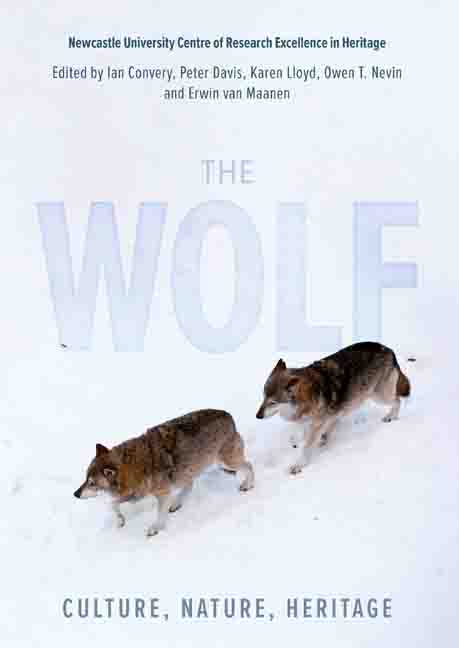Book contents
- Frontmatter
- Dedication
- Contents
- List of Illustrations
- Preface and Acknowledgments
- List of Abbreviations
- Poem: Trophic Cascade by Camille T Dungy
- Foreword
- Part I Imagining the Wolf
- Part II What Makes the Wolf
- Part III Return of the Wolf
- Part IV Personal Encounters
- Afterword: The Ecological Disadvantage of Living on an Island
- Glossary
- List of Contributors
- Index
Foreword
Published online by Cambridge University Press: 10 January 2024
- Frontmatter
- Dedication
- Contents
- List of Illustrations
- Preface and Acknowledgments
- List of Abbreviations
- Poem: Trophic Cascade by Camille T Dungy
- Foreword
- Part I Imagining the Wolf
- Part II What Makes the Wolf
- Part III Return of the Wolf
- Part IV Personal Encounters
- Afterword: The Ecological Disadvantage of Living on an Island
- Glossary
- List of Contributors
- Index
Summary
Very few animals have succeeded in permeating so many human cultures like the wolf. Wherever the two, humans and wolves, have been sharing the same land, both have had a massive impact on each other. Large carnivores have always had a special role in human cultures, a sort of fascination rooted in a fear of carnivores as potential killers of humans and human envy of the carnivores’ strength and success as hunters. Lions in Africa, tigers in Asia, jaguars in central-south America, all have played a prominent, often central role in human values, perceptions and attitudes towards nature. The wolf fills this role throughout its vast distribution range, from North America to most of Eurasia and southwards to the sands of Arabia and the forests of central India. But the wolf is not just another large, fearsome carnivore that may occasionally kill a human; it is much more than that, as it pervades human cultures more deeply and extensively than any other species on earth. Why so? I believe there are at least two main reasons for this intimate relationship.
The first is that wolves can easily adapt to live near humans, hang around villages in search of food, and, if not chased away, remain in the vicinity of human settlements. Without entering the discussion about the beginning of wolf domestication into dogs, wolves’ ability to establish a contact with humans and share the same resources gave them a tremendous advantage over other species in becoming the privileged link between humans and nature. The second reason for the close bond between humans and wolves is probably to be found in the extraordinary similarity of the biology of the two species: both are social animals, live in family groups, live in and defend their territories, hunt in groups, communicate through sounds, odours and body gestures, kill intruders, migrate, disperse, and so on. We could talk about wolves and humans in the same terms for several aspects of their biology, and the words and concepts would be the same.
Similarity often brings competition and respect, and these are the fundamental coordinates of the human–wolf relationship throughout the millennia and the vast diversity of the patterns of their coexistence.
- Type
- Chapter
- Information
- The WolfCulture, Nature, Heritage, pp. xxi - xxivPublisher: Boydell & BrewerPrint publication year: 2023



